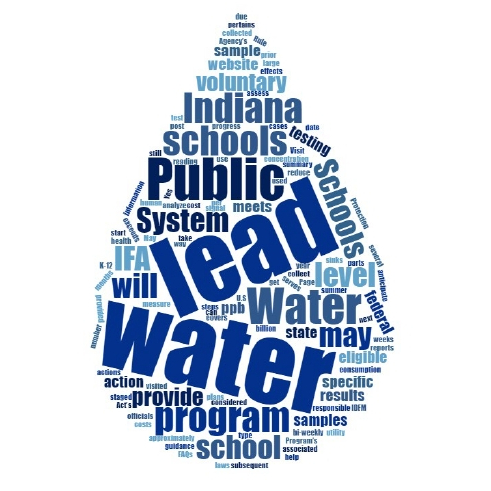
The Indiana School Lead Sampling Program Final Report was released in January 2019, providing results for a sampling program that included 915 of the 1,700 schools in the state.
62% of the schools tested had at least 1 fixture with lead over 15 ppb, the current action level set by the Lead and Copper Rule which was instituted by the EPA in 1991. Importantly, this report noted that none of water entering the tested schools was a source of lead – in other words, the lead was coming from piping and fixtures inside the school, not from the municipal source water.
Schools that had exceedances remediated the problem through a mixture of replacing or decommissioning fixtures, adding filtration, placing Handwashing Only signs and flushing for one minute prior to use (for select kitchen locations). Retesting was encouraged to ensure that remediation efforts were successful.
Also released in January 2019 was the Report on Lead in School Drinking Water, K-12 Marion County, Indiana. This sampling survey of 297 school facilities in Marion County indicated that 161 schools had at least one test result that exceeded 20ppb of lead in the water. Schools that had exceedances remediated the problem through a mixture of replacing or decommissioning fixtures, or adding filtration. Retesting of the water after remediation indicated that no schools were now exceeding 20ppb of lead.
It is important to point out that the 15 and 20ppb levels noted above do not provide a measure of health effects, but serves only as a signal that lead levels need to be reduced. Currently, the Environmental Protection Agency (EPA) and the Centers for Disease Control and Prevention (CDC) agree that there is no known safe level of lead in a child’s blood. Lead is harmful to health, especially for children.
